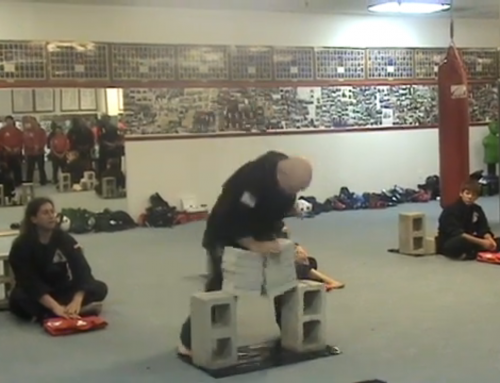“Can you tie your shoes?” “Can you cut up your food?” “Can you bathe yourself?” Strange questions, even stranger when you consider that they were being asked to my wife. Let me put this into some context, her questioner was an Occupational Therapist (OT) my wife saw as part of her recovery from a broken hand she suffered while playing ice hockey. After 4 weeks of immobilization, all my wife wants to do is get her life back to normal. Unfortunately, her OT isn’t taking her time to figure out what normal is. She sees a 62-years of age woman (she’s not old so we don’t call ourselves xx years old) and she set her expectations to the minimum. My wife’s expectations are MUCH higher.
Don’t Be Stuck In A Story
The problem is, the OT is stuck in a story, the story that for someone north of 60 years in life, we are happy with simply being able to tie our shoes, eat our meals, open the occasional jar. These are some of the activities medical professionals refer to as Activities of Daily Living. They include being able to lay down, get up, sit, stand, grooming, toileting, dressing, and feeding yourself with all the requisite skills to do these activities on your own. I don’t know about you, but if all I could do was wake up, get up, clean up, then make a meal and sit down I would hardly call that living. Talk about low expectations, sheesh.
Of course, my wife feels the same. For her living includes all of the above and gardening, hiking, birding, taking pictures of wildlife, playing hockey, riding her motorcycle, driving her truck, doing various projects around the house (she’s constantly organizing), etc. This is only the tip of the iceberg. She has less time to do things since she retired then she did when she worked full time. In spite of my wife correcting the OT on what her goals were, the OT didn’t change her expectations. As a result, my wife is looking for a different OT.
Setting Expectations
I see the same thing happen in business time and time again. Owners and managers with expectations for team members that aren’t challenging or don’t even meet the team member’s own expectations. While these two scenarios may seem unrelated, they actually derive from the same circumstances. In both cases, the expectations stem from being stuck in a story. I have no doubt that the Occupational Therapist has treated countless “well-seasoned” patients. Undoubtedly her experience and her training has taught her that these patients are not as active. I wouldn’t be surprised if many of these patients have similar expectations for themselves. The trouble is, not everyone acts the same. I’ve played hockey with 80 year olds (and they kick my butt!).
Similarly, business leaders tend to lump people together. We’ve all heard it and some of us have said it. Gen Y-ers don’t want to work hard, Millennials are lazy, Gen X-ers are selfish, Baby Boomers are workaholics. These are all stories we tell ourselves and while the stories may be based on our observations, they don’t serve us well. At best, assuming our observations are accurate, these stories are nothing more than the mean, the average of everyone in the group. At worst, these beliefs are fiction that we have reinforced through conformation bias, the tendency to ignore information that is contrary to an established belief. When we hold individuals to the standards we’ve developed for the group, we fail them as leaders.
Elevate Your Team
Our sole job as a leader is to elevate people to be the best they can be. We need to see their full potential and then help them to reach it, even if they don’t see it in themselves. When we buy into “the story” we put on blinders, we limit our beliefs and expectations and we condemn people to mediocrity. We hold them to the standard of being “average” instead of elevating them to excellence.
Instead, ask your people what they want of themselves? Contrast that with what you want of them. Whose expectations are higher? If their personal expectations are higher, recalibrate your own. If yours is higher, tell them what you see as the possibilities, what you expect, what you see in them. Then ask them if they want it? If they don’t, it’s time to evaluate if they are a good fit for the organization. If they do, or their expectations were already higher than yours, come up with a plan to support them in achieving their goals. Provide them the training, mentoring, and resources they need, then watch them thrive.










